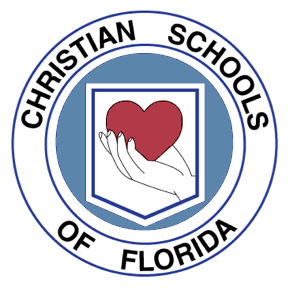Mager and Bloom on preparing instructional objectives
“If you’re not sure where you are going, you’re liable to end up someplace else.” —Robert Mager

By Ken Wackes April 2017
Many teachers are poorly prepared in the art of designing effective instructional objectives. Some Christian schools find it easier to adopt ready-made curricula from Christian publishers, including objectives, outcomes, and assessments.
But what if you want to go higher than that, no matter the textbooks you use? What if you want to capture the best of your faculty by involving them in writing your own school-based objectives? Two educators are most frequently mentioned as prime movers in developing methods for writing instructional objectives. Anyone involved with writing instructional objectives should explore the ideas of these two giants in the field.
Robert Mager (1923–)
For over forty years Robert Mager has been the guru for public and non-public schools in the art of creating effective instructional objectives. His classic book, Preparing Instructional Objectives, is a quick and fun read. His humor makes his works a pleasure to read; each begins with a humorous fable.
See the Robert Mager page at Amazon for a listing of his books and this outline of Mager’s main ideas. The Mager Consortium offers a three-day workshop for teachers.
Mager is not without his critics: In the opinion of many, when Mager speaks about “Instructional Objectives” he is actually describing “Learner Outcomes.” His ABCD paradigm (Audience, Behavior, Condition, and Degree) focuses on the learner and not the instructional process. Therefore, the definition of terms has changed in some quarters:
- “Instructional Objective” means “Who, teaches What, How, over What Period of Time, using What Methods, to Whom, and Assessing How Often.”
- “Learner Outcome” means “What will the learner be expected to Know or Do?”
- “Rubric” means “Under what Conditions, and To What Degree will the student be expected to show mastery?”
- “Standard” means a final level of mastery expected of all students
SESIP’s Glossary of Terms follows this more recent understanding of Instructional Objective and Leaner Outcome.
An example of this distinction is ‘Objectives vs Outcomes’ as used by the Rensselaer Polytechnic Institute:
Objectives:
- Objectives describe the goals and intentions of the instructor who teaches the course.
- Objectives, often termed the input in the course, state the purpose and goals of the course.
- Objectives focus on content and skills important within the classroom or program.
- Objectives may describe what the staff and faculty will do.
- Objectives can often be numerous, specific, and detailed.
- Assessing and reporting on each objective for each student may be impossible.
Outcomes:
- Student Learning Outcomes catalog the overarching “products” of the course and are the evidence that the goals or objectives were achieved.
- Learning Outcomes are statements that describe or list measurable and essential mastered content-knowledge-reflecting skills, competencies, and knowledge that students have achieved and can demonstrate upon successfully completing a course.
- Outcomes express higher-level thinking skills that integrate course content and activities and can be observed as a behavior, skill, or discrete useable knowledge upon completing the course.
- Outcomes are exactly what assessments are intended to show — specifically what the student will be able to do upon completing the course.
- An assessable outcome can be displayed or observed and evaluated against criteria.
- Outcomes are clear and measurable criteria for guiding the teaching, learning, and assessment process in the course.
Benjamin Bloom (1913–1999)
An educational psychologist, the late Bloom is primarily noted for his “taxonomy of educational objectives” and the “hierarchy of learning.” He is the first to associate key action verbs with developing learner outcomes and rubrics. His most widely read book is Taxonomy of Educational Objectives, Handbook I:The Cognitive Domain.
Bloom observed that the typical teaching/learning paradigm benefited only about 20% of learners. That paradigm required all students to cover the same amount of material in the same amount of time and be assessed by use of one “fits all” test.
Bloom presented a new paradigm, “Mastery Learning.” In mastery learning “formative assessments” are given along the way. Formative assessments have one primary goal, per Bloom, and that is to show students precisely what they have learned well to that point and what they have to learn better. In other words, formative assessments should be primarily informative rather than “grade assigning.” Formative assessments should contain helps for the learner to improve what he/she has not yet mastered (e.g. page numbers in a textbook or other resources). In this way, formative assessments are “individualized.”
Watch this YouTube video, How to Write Learning Objectives Using Bloom’s Taxonomy and see the items available at Bloom’s Taxonomy.org.
LessonPlanet.com has many lesson plans available using Bloom’s taxonomy. His major works are available at Amazon.
Download a poster for students highlighting Bloom’s taxonomy.
